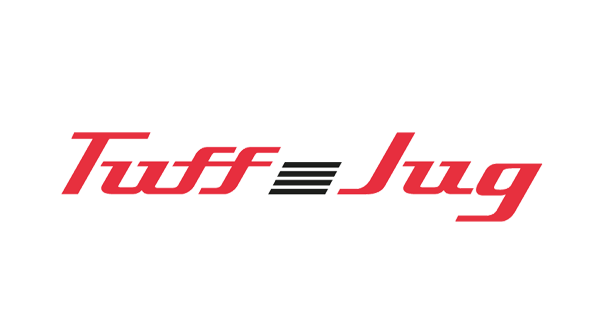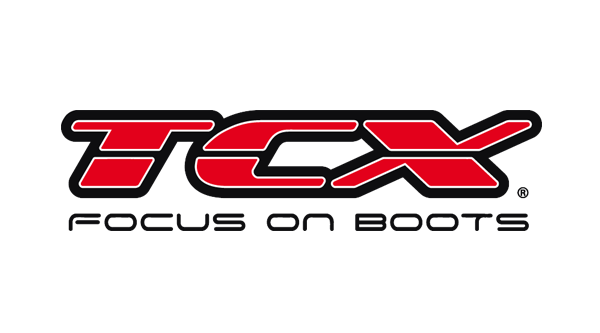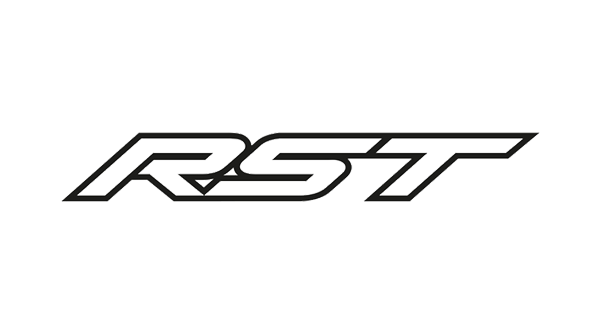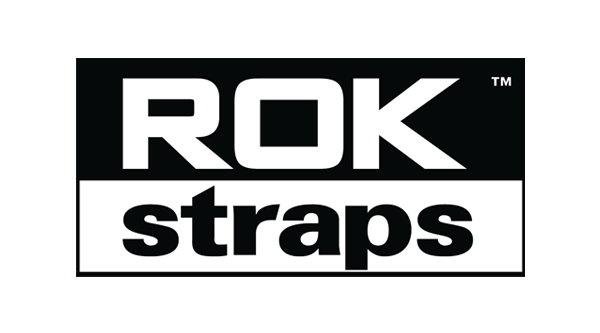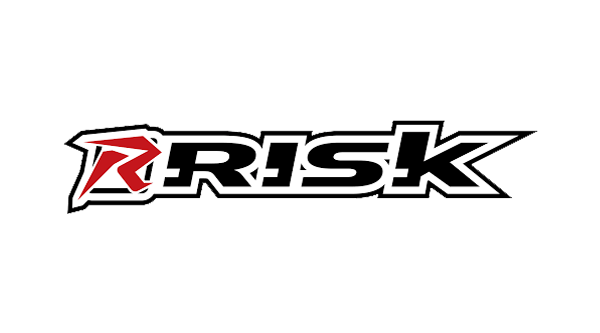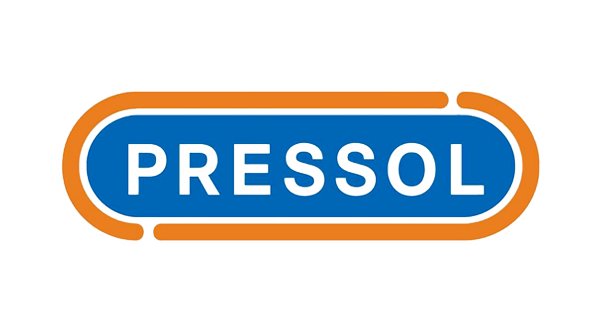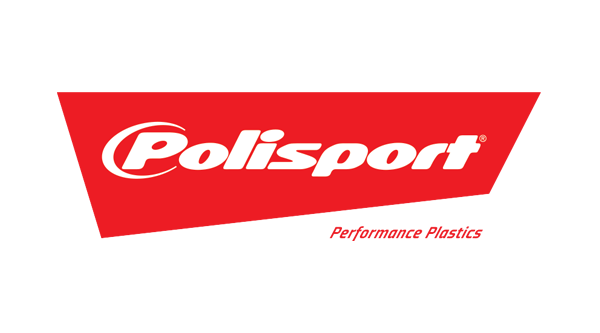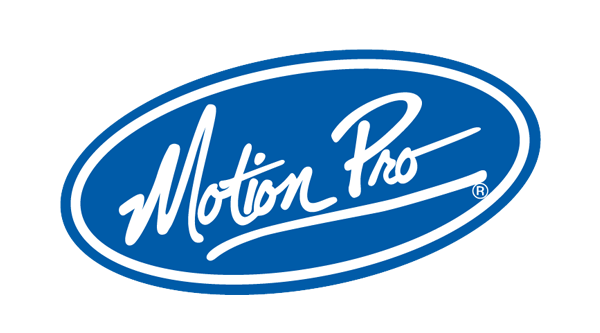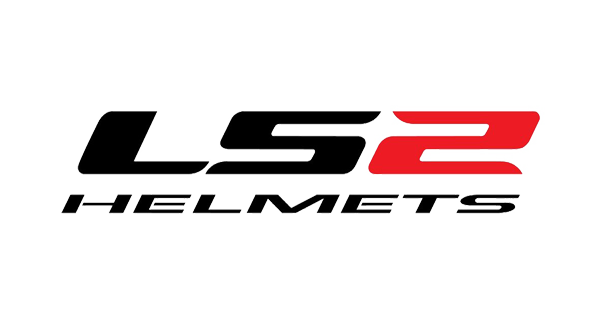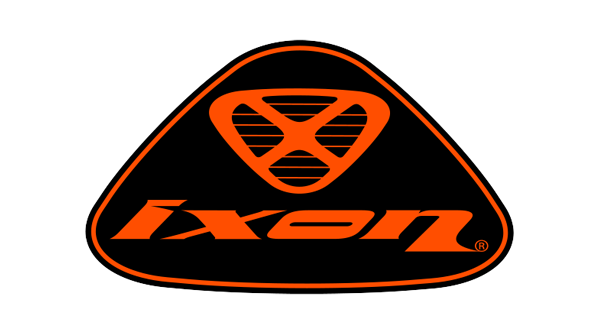Motorcycle helmet tests - Which is the best?
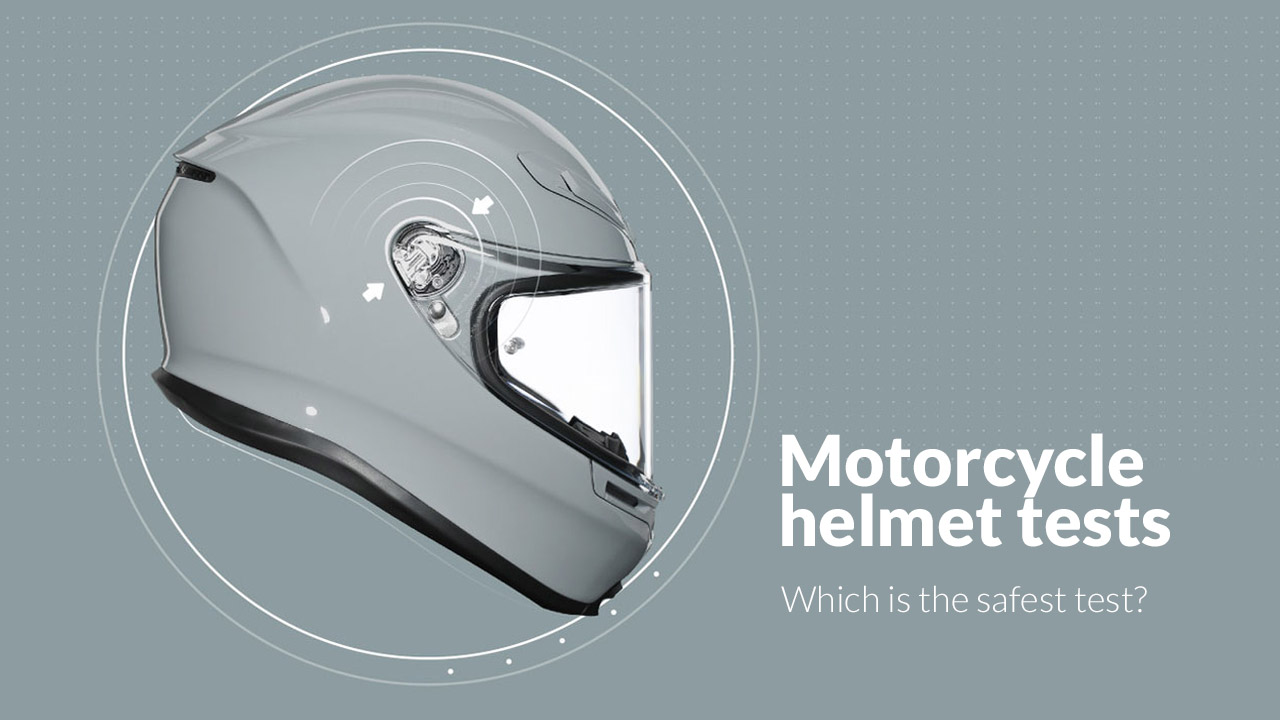
It’s an ongoing discussion – Which motorcycle helmet is the best? There are a range of test methods out there, some regionally bound by law and other’s are founded by passionate riders.
All four of the testing methods discussed – DOT, ECE 22.05, ECE 22.06, and Snell – are designed to ensure that motorcycle helmets performance meets certain safety standards. However, there are some key differences between these methods that may affect their effectiveness in ensuring helmet safety.
One of the main differences between the DOT, ECE, and Snell standards is the level of rigor and stringency of the testing procedures. The DOT standard is the minimum standard for helmet safety in the United States, and it is generally considered to be less stringent than the ECE and Snell standards. The ECE 22.06 standard is an updated version of the ECE 22.05 standard and includes more stringent requirements for helmet performance and safety, making it more comparable to the Snell standard in terms of stringency. The Snell standard is generally considered to be the most stringent of all four methods, as it includes a wide range of impact, fit, stability, and penetration resistance tests.
Another key difference between the DOT, ECE, and Snell standards is the type of testing that is conducted. The DOT standard focuses primarily on impact and penetration resistance, while the ECE standards also include requirements for fit and stability. The Snell standard includes a wider range of tests, including high-velocity impact tests and tests for fit, stability, and penetration resistance.
Given these differences, it can be difficult to determine which of these standards is the most effective in ensuring helmet safety. However, it is generally considered that helmets standards that are more stringent and include a wider range of testing procedures are likely to provide better protection in the event of an accident. Therefore, it may be advisable to choose a helmet that meets the ECE 22.06 or Snell standard if possible, as these standards include more stringent requirements and a wider range of testing procedures. In conclusion, it is important for riders to choose a helmet that meets at least one of these safety standards in order to ensure that they have adequate protection in the event of a crash.


